April 16, 1903 The villages of Andover and Perth are incorporated together as a district, for the purpose of providing residents with electric light, power and heat.
In the 19th century, the region was settled by the loyalist English soldiers who received land in lieu of payment. Perth, located on the east bank of the river, owes its name to a Scottish city.
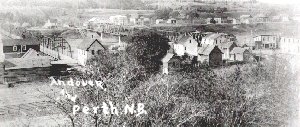
This is a view of Perth and Andover in years gone by. In the past, Perth and Andover were distinct communities. In 1966, they were amalgamated into a single municipality. Andover takes it name from a city in England. Forestry used to be the main economic activity.
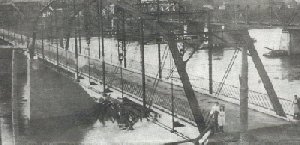
This is a view of the newly constructed metal bridge which replaced the wooden structure in 1903. The wooden flooring of the old bridge was just too slippery for teams to use during the winter months causing many of poorly shoded horses injury. The Armstrong Garage snowplow is seen here in Perth, 1930. This photograph comes from the Danny Johnston Photograph collection. The Larlee Creek Baptist Church situated on the southern edge of Perth is well know and bears the history of our ancestors. The Cemetary is a land mark of the community. To the left is a photograph of my mother Mabel M. Morrell in her 89th. year on June 21, 2003 at her home in Perth-Andover N.B., Canada. To the right is a photograph of my dearest Aunt Geneva Morrell.taken on her 90th Birthday, November 1998. Soon to celebrate her 92nd years young birthday. One of the particularities of Perth-Andover is the presence of people of Scottish descent who settled here in 1873. Some 100 families, all from Kincardineshire and Aberdeenshire villages in northern Scotland were granted land.
Many rural communities have Scottish-sounding names: Kincardine, Upper and Lower Kintore, Kilburn and Muniac. In the community of Kincardine, a Commemorative Monument was erected in 1973 in honor of the Scottish settlers. Picturesque churches decorate the landscape, especially in Kincardine, Bairdsville and Kintore.
Scottish bagpipes are featured to this day during celebrations and festivities, especially during the Multi Cultural Festival. The accompanying photograph to the right is of my Paternal Grandmother Issetta (Baker) Morrell with her dog prince taken in 1935. The photograph to the left is of my Maternal Grandmother Ada (Hammond) Macro taken 1908 before she left England on her never to return voyage to Lake Edward, N.B.,Canada.
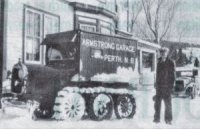
![]()
![]()
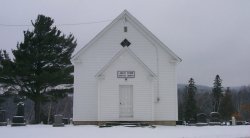
![]()
![]()
![]()

![]()

![]()
![]()
![]()
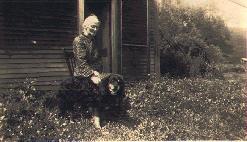
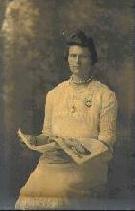
![]()
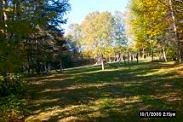
This photograph is of the St. George Anglican Cemetery in Lake Edward, N.B.,Canada. My Maternal Grandparents, Aunts and Uncles are interned in this beautiful Cemetery.
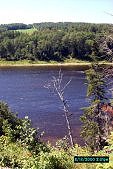
This photo is a good view of the famous Saint John River as it flows through the local area. This famous river attracted the many Scottish, Irish and English settlers in the middle 1800's.
